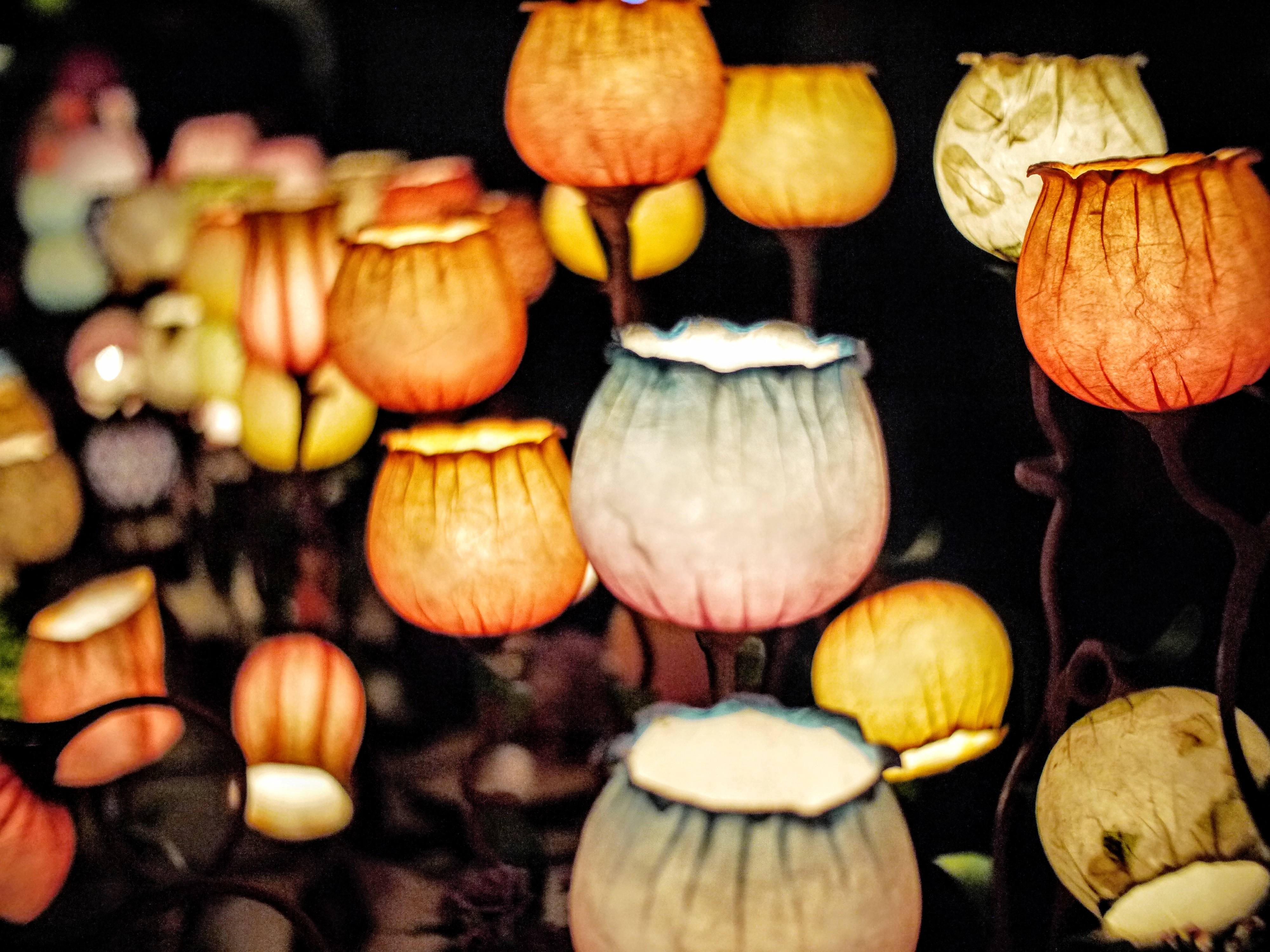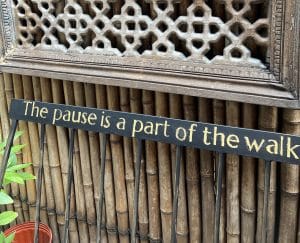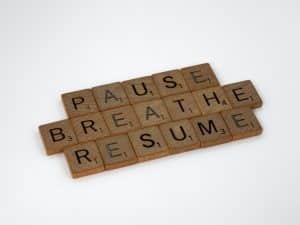
News flash: mindfulness meditation isn’t easy. Shocking to those who’ve tried it, I know (note sarcasm between lines here). But, yes, it turns out trying to focus your attention in a specific direction for an extended (even two minutes feels “extended” on some days) period of time is pretty challenging. One thing many of us overachieving types bump up against as a result is our discomfort with not being “good” at mindfulness, and the immediate urge to bolt so that we don’t have to feel those uncomfortable feels. That’s an interesting observation in and of itself – that impulse to avoid what we don’t excel at – but it also keeps you from experiencing some of the greatest benefits of mindfulness: the ones that show up when you least expect it, in your regular, everyday life.
Thing is, in my experience, the changes that mindfulness can create within you start to show up in your daily grind before they show up as an “easy” meditation practice. In fact, I’ve been at this for a while, and I have yet to really have an easy time with a seated meditation. Even yoga, or other types of more active mindfulness, still bring along their own challenges for me. It’s never a breeze, but it’s not supposed to be. Just a like a physical workout, it requires effort, and if you’re gonna grow, that effort requires – well – effort.
That doesn’t mean you can’t find ease in it, though. Part of what makes mindfulness such a valuable habit is that it gives us ample opportunities to observe our responses to pretty much everything. This includes how we respond to mindfulness itself. It can actually provide kind of a microcosmic view of your life outside of the practice. How you initially react to whatever tries to distract you – and to the very fact of being distracted in the first place – shows you a bit about what your internal landscape actually looks like, and calls out some of the patterns you have in place for responding to the outside world, and to yourself.
My point is, though, that if you hang in there and keep coming back, both to your point of focus within your mindfulness practice and to your practice itself, changes will start to happen. The practice may not so much feel easy, but you will notice that your response to that difficult client, exasperating family member or gridlocked morning traffic changes just a little, maybe even just once or twice. You might not even pick up on it until after the moment has passed.
Mindfulness is sneaky like that. It changes you so fundamentally that even the smallest tweak makes a noticeable impact, but sometimes it’s only in retrospect that you realize what went down. It’s because your instinctive reflexes have changed. Maybe more so, your ability to notice discomfort in the form of frustration or irritation, and push past it has evolved to be a natural enough process that you don’t even realize it’s happening. You get to that space where choice can happen, and you realize you’re there before it’s too late to act as you would like to, with intention.
Mindfulness isn’t about perfection, which as Anne Lamott points out is “shallow, unreal, and fatally uninteresting” anyway. It’s about showing up with your attention, engaging fully through your intention, and staying in it – even just a split second longer than you think you actually can – through your breath. What you become “good” or even “better” at as a result may actually surprise you, in the best possible way.
Photo credit: Emile-Victor Portenart



